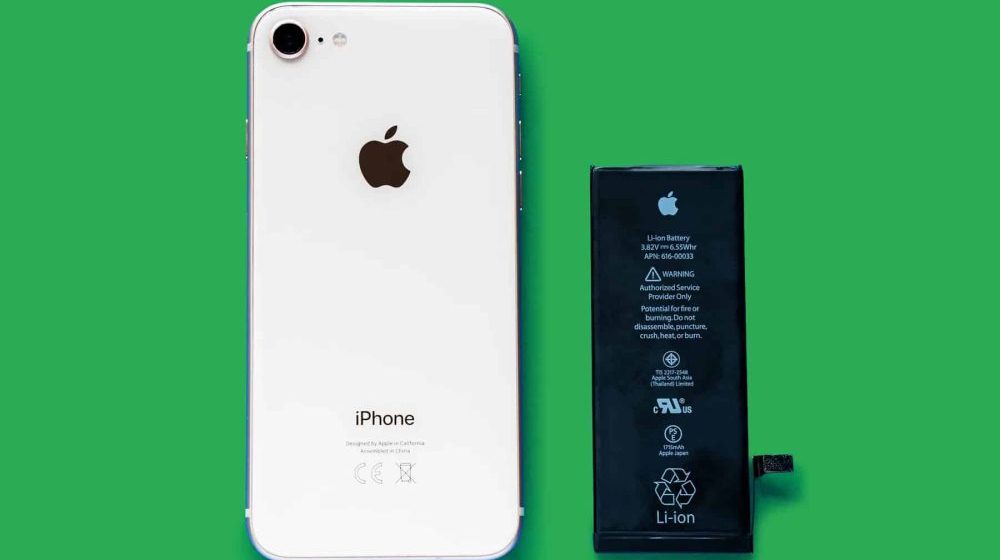New Innovative Technology Can Prevent Worsening Battery Capacity
Researchers from four institutes in Aalborg, Denmark. And Berlin have developed a breakthrough in battery charging technology. Which was detailed in a study published in the journal “Advanced Energy Materials” on April 9.
The new technology, known as pulsed-current (PC) charging, greatly extends battery life overall. And may cut down on how long it takes for a battery to reach 80% capacity. Which is a common sign that a battery is nearing its end of its useful life.
In contrast to a significant portion of experimental battery chemistry research. Which frequently verges on speculation. Pulsed-current (PC) charging offers a workable solution that is reasonably simple. To implement using materials that are currently accessible for consumer electronics. This implies that it might arrive on our smartphones before we think.
Tirias verified what we think is driving the use case for a better battery. Using the newest smartphone models from top OEMs: 1). The phone form factor’s physical limitations 2) Use cases involving high computation. 3) Moore’s law cannot keep up with the demands on computing power. The need for AI is being driven by a shift in generational usage.
For smartphones to support GenAI, more hardware and software optimization is required. These apps will burden the system and cause it to be throttled even though they want access to the GPU. Although we’re only using a small portion of the model size. That GenAI is expected to require, power consumption is increasing.
The process of delivering energy to a battery is essentially altered by PC charging. Batteries are typically charged with a steady electric charge. Which over time may cause stress and shorten the battery’s life. In contrast, PC charging uses a series of electrical pulses. That are spaced out enough to provide breaks between energy delivery. Potentially reducing stress on the battery and increasing its longevity.
To clarify further, brief intervals between pulses. Allow the delivered electrons to slightly disperse. This considerably extends the battery’s lifespan by cutting. In half the rate of wear that would otherwise result from continuous charging.
Though it sounds very promising. It is unclear when this new charging algorithm will be mass-produced. And available for smartphones worldwide. But when it does, it will help not just smartphones but also other gadgets. Like laptops, smartwatches, wireless earphones, and more that rely on lithium-ion batteries.


Comments are closed, but trackbacks and pingbacks are open.